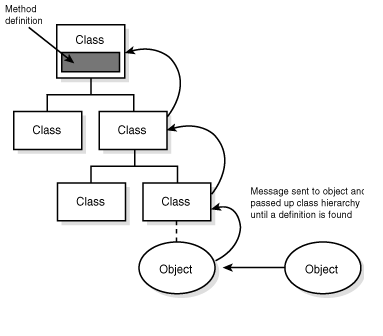How Inheritance Works
Inheritance in Java is a mechanism by which one class (subclass) can acquire the properties and behaviors of another class (superclass). It allows you to create a hierarchy of classes where each subclass inherits attributes and methods from its superclass. Here’s how inheritance works in Java:
Superclass and Subclass: Inheritance involves two classes: a superclass (also called base class or parent class) and a subclass (also called derived class or child class). The subclass inherits from the superclass.
Syntax: In Java, you use the
extendskeyword to establish inheritance. The subclass follows the superclass in the class declaration, followed by theextendskeyword and the name of the superclass. For example:
class Subclass extends Superclass {
// subclass members and methods
}
3.Accessing Superclass Members: Once a subclass inherits from a superclass, it can access public and protected members (fields and methods) of the superclass directly. Private members of the superclass are not directly accessible to the subclass.
4.Method Overriding: Subclasses can provide their own implementation for methods inherited from the superclass. This is known as method overriding. To override a method, the subclass provides a new implementation with the same method signature as the superclass method. This allows for polymorphic behavior, where the appropriate method is invoked based on the actual object type at runtime.
5.Access Modifiers and Inheritance: The access modifiers (public, protected, default, and private) control the visibility of superclass members in the subclass:
public: Members are accessible to all classes.protected: Members are accessible within the same package and by subclasses (even if they are in different packages).- Default (no modifier): Members are accessible only within the same package.
private: Members are accessible only within the same class.- 6.Constructors in Subclasses: When you create an instance of a subclass, Java automatically invokes the constructor of its superclass before executing the subclass constructor. If no explicit superclass constructor call is made in the subclass constructor, the default superclass constructor (parameterless constructor) is called implicitly.
7.Single Inheritance: Java supports single inheritance, meaning a subclass can inherit from only one superclass. However, a superclass can have multiple subclasses.
8. Object Class: In Java, all classes implicitly inherit from the
Objectclass. If a class does not specify a superclass explicitly usingextends, it implicitly inherits fromObject.Inheritance is a fundamental concept in object-oriented programming that promotes code reuse, extensibility, and organization. It allows you to create a hierarchical structure of classes, modeling real-world relationships effectively.
How does inheritance work? How is it that instances of one class can automatically get variables and methods from the classes further up in the hierarchy?
For instance variables, when you create a new instance of a class, you get a “slot” for each variable defined in the current class and for each variable defined in all its superclasses. In this way, all the classes combine to
form a template for the current object, and then each object fills in the information appropriate to its situation.
Methods operate similarly: New objects have access to all the method names of its class and its superclasses, but method definitions are chosen dynamically when a method is called. That is, if you call a method on a
particular object, Java first checks the object’s class for the definition of that method. If it’s not defined in the object’s class, it looks in that class’s superclass, and so on up the chain until the method definition is found (see
Figure 2.5).


